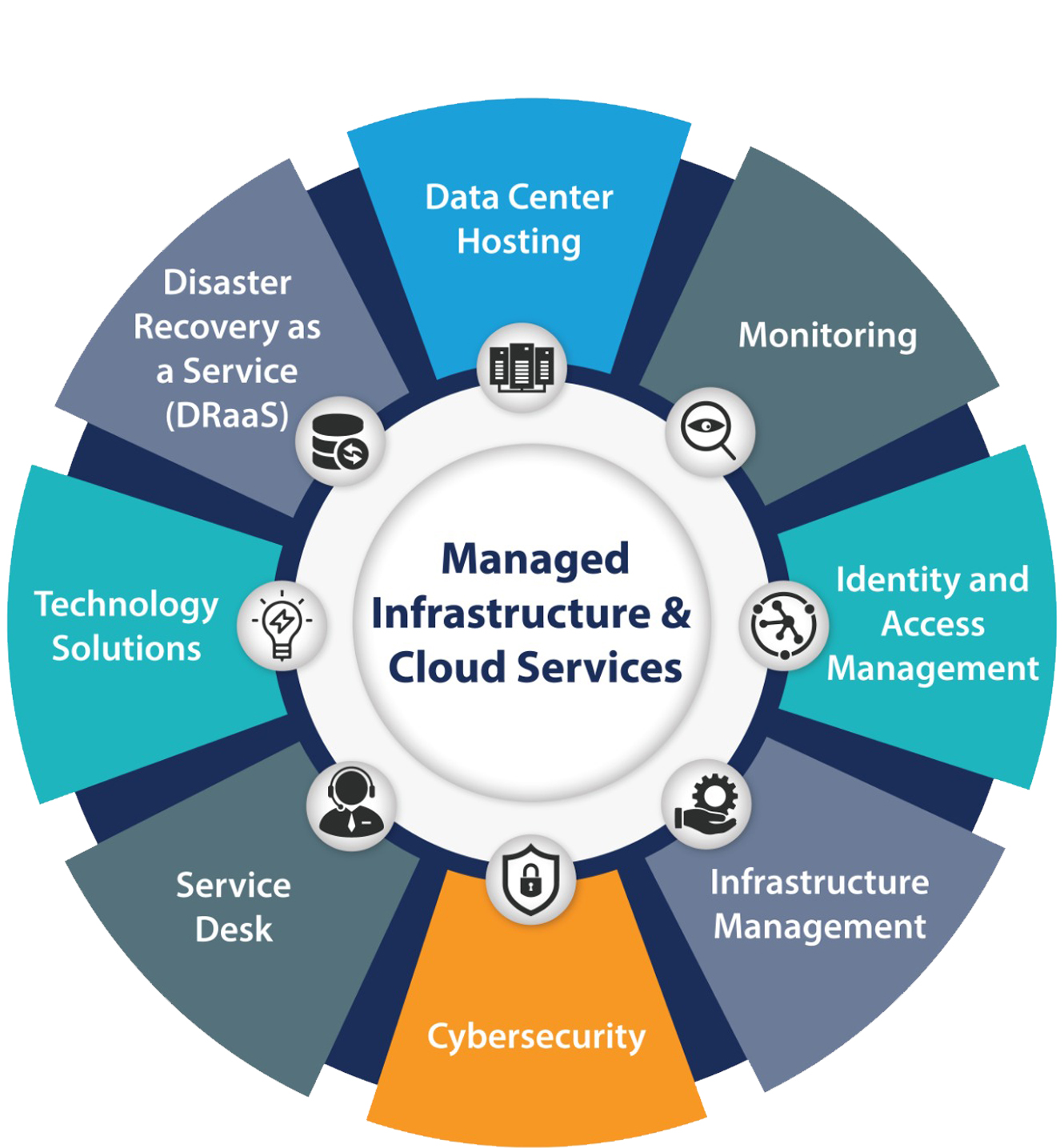IT Infrastructure Management
Infrastructure management entails the effective oversight and coordination of external interactions and critical operational components within an industry. It can be broadly categorized into two types: system management and storage management. Operating across all business activities, infrastructure management is built upon the foundation of information technology (IT) infrastructure, which serves as the basis for optimal planning and design. Educational programs in IT management equip students with technical expertise and managerial acumen.
Under the umbrella of infrastructure management and support (IMS), all library infrastructure and managed groups are governed. IMS not only facilitates the smooth operation of production applications but also collaborates with the library in various capacities. IT management encompasses tasks such as application deployment, security patching, and business continuity planning. It predominantly supports the strategic goals and business processes of organizations. With efficient project planning and implementation, IT management ensures the maintenance of an IT service catalog and the execution of backup procedures. It also administers emerging and converging information and is involved in the development, testing, delivery, monitoring, control, and support of IT services.





.jpg)
.jpg)


